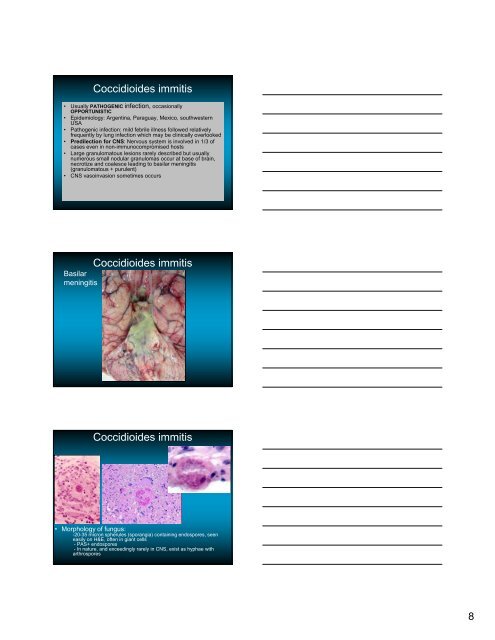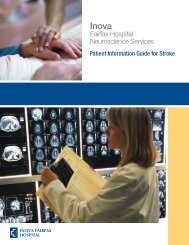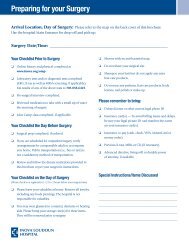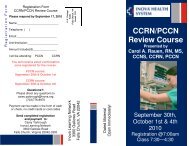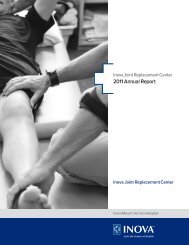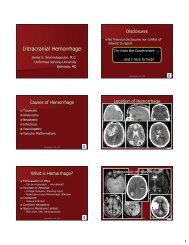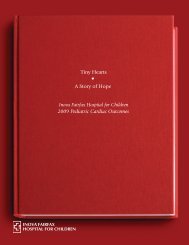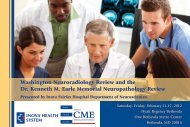Fungal and Parasitic Infections of the CNS - Inova Health System
Fungal and Parasitic Infections of the CNS - Inova Health System
Fungal and Parasitic Infections of the CNS - Inova Health System
You also want an ePaper? Increase the reach of your titles
YUMPU automatically turns print PDFs into web optimized ePapers that Google loves.
Coccidioides immitis<br />
• Usually PATHOGENIC infection, occasionally<br />
OPPORTUNISTIC<br />
• Epidemiology: Argentina, Paraguay, Mexico, southwestern<br />
USA<br />
• Pathogenic infection: mild febrile illness followed relatively<br />
frequently by lung infection which may be clinically overlooked<br />
• Predilection for <strong>CNS</strong>: Nervous system is involved in 1/3 <strong>of</strong><br />
cases even in non-immunocompromised hosts<br />
• Large granulomatous lesions rarely described but usually<br />
numerous small nodular granulomas occur at base <strong>of</strong> brain,<br />
necrotize <strong>and</strong> coalesce leading to basilar meningitis<br />
(granulomatous + purulent)<br />
• <strong>CNS</strong> vasoinvasion sometimes occurs<br />
Basilar<br />
meningitis<br />
Coccidioides immitis<br />
Coccidioides immitis<br />
• Morphology <strong>of</strong> fungus:<br />
-20-35 micron spherules (sporangia) containing endospores, seen<br />
easily on H&E, <strong>of</strong>ten in giant cells<br />
- PAS+ endospores<br />
- In nature, <strong>and</strong> exceedingly rarely in <strong>CNS</strong>, exist as hyphae with<br />
arthrospores<br />
8


